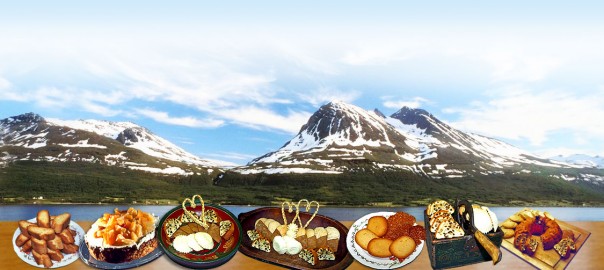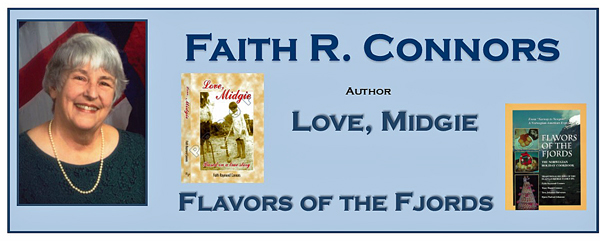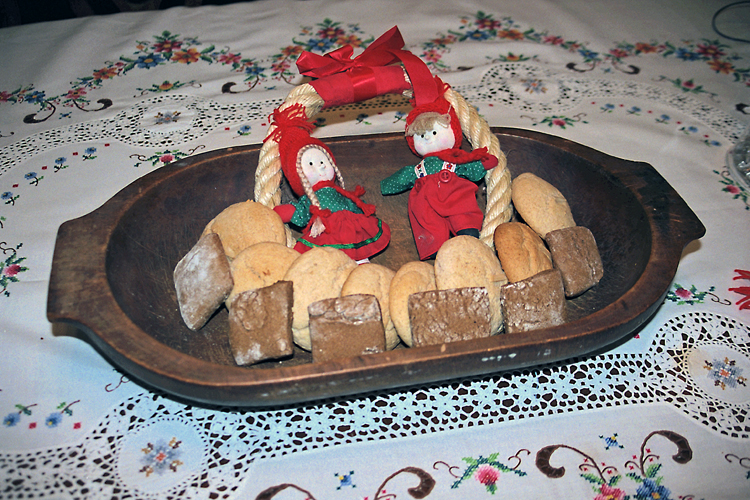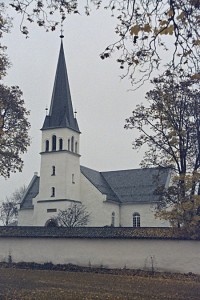– Norway’s Sunndal Valley Flatvad Family Home for 400 years –
Norway Treasure:
Norway’s Flatvad family has called this ruggedly beautiful valley in Møre og Romsdal, home for over 400 years.
Is it:
Hint: the valley channels the River Driva from its headwaters in the Dovrefjell for over 90 miles (150 km) to its destination at Sunndalsøra.

(Left) The Sunndal looking south towards Sunndalsøra, the administrative center of Sunndal Municipality in Møre og Romsdal County.
Flavors of the Fjords is the most comprehensive history of any Norwegian-American family yet prepared, including its holiday recipes, travels, photographs, and correspondence.
You can add this uniquely informative and interesting, newly revised and updated, to your ePublication library today.
In five minutes you can have the following at your finger tips…
Why you should savor Flavors 2018 ePub Edition…
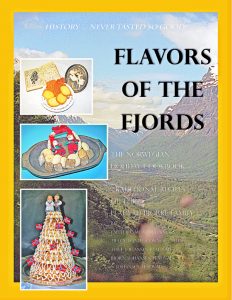 “Flavors of the Fjords” is a combination of cookbook and family history assembled by the Fladvad and Bjørke family. The book may be the most detailed history of a Norwegian-American family yet published, and it serves as a model of what many Norwegian-American families could do to preserve knowledge of their past and the stories of their ancestors’ immigration.”
“Flavors of the Fjords” is a combination of cookbook and family history assembled by the Fladvad and Bjørke family. The book may be the most detailed history of a Norwegian-American family yet published, and it serves as a model of what many Norwegian-American families could do to preserve knowledge of their past and the stories of their ancestors’ immigration.”
News of Norway, Norwegian Embassy, Washington, D. C.
- Flavors of the Fjords is the largest, most comprehensive history of any Norwegian-American family yet prepared, including authentic, traditional holiday recipes, travels, photographs, and correspondence, over 400 pages (depending on browser used).
- Explore and Celebrate Norway’s history, culture, and breathtaking beauty.
- Follow the Fladvad and Bjørke family through over 400 years of illustrated history and documented survival. “…the most detailed history of a Norwegian-American family yet published…”
- Family history is interwoven with fascinating images of Norwegian “must-see” locations such as Maihaugen, Slottet, Storting, Sunndal and social history, including explanations of Norwegian Holiday traditions and customs, many of them kept alive to this day by millions of Norwegian-American families.
- Share and understand the Norwegian-American Experience from Norway-to-Newport–See the other side of Newport’s Gilded Age through the history and struggles of the Cottrell family.
- Recreate the aromas of your Bestemor’s kitchen at Christmas, National Day, or other holidays, with over 100 authentic, traditional Norwegian cakes and cookies. “History has never tasted so good!”
- Recipes for over 100 holiday cookies, cakes and breads, toppings, and puddings.
- Includes a 1,800-word Norwegian-English glossary, with useful terms for foods and cooking, but also family, kinship, home, and utensils. The Glossary is the first designed specifically to help readers wishing to translate their family Norwegian recipes.
- Numerous links to authoritative external sites provide quick, convenient additional information for e-Publication readers.
- Flavors includes rare letters and photographs from family members describing the trials of life in German-occupied Norway during World War II.
- Recipes are really interesting and fun to read. The Authors have included copious notes on Norway, its people, and its cooking. In addition, many of the recipes pages include period photographs of family members who were connected with the recipe.
